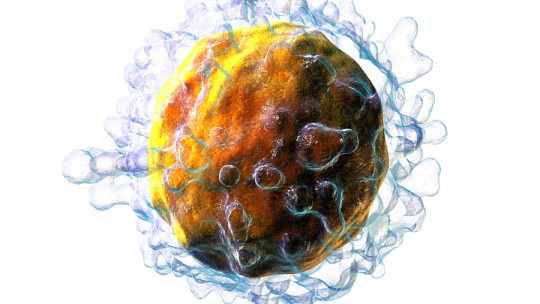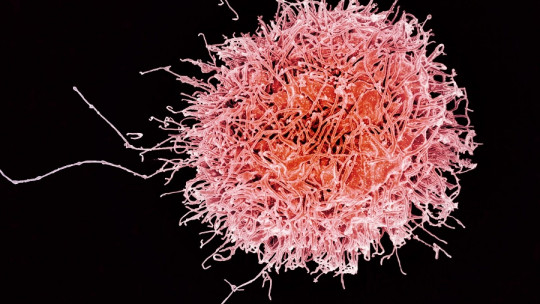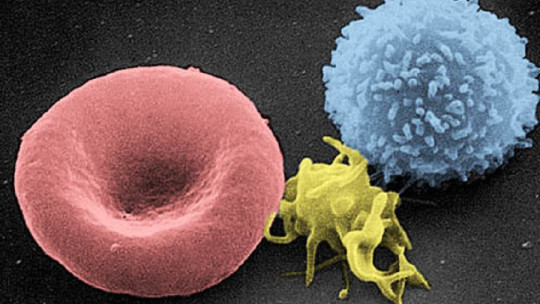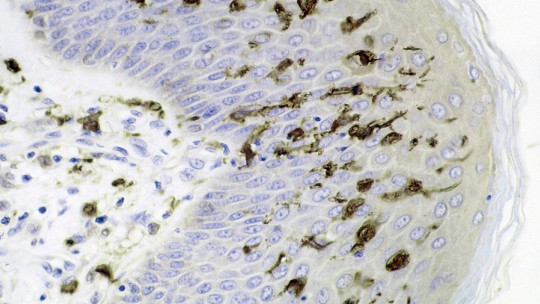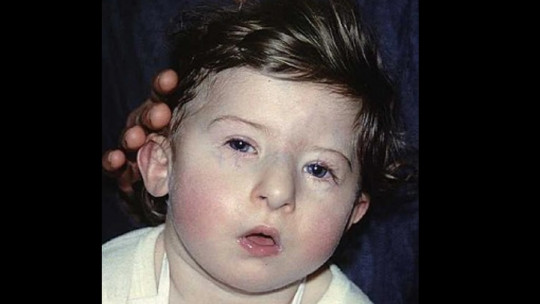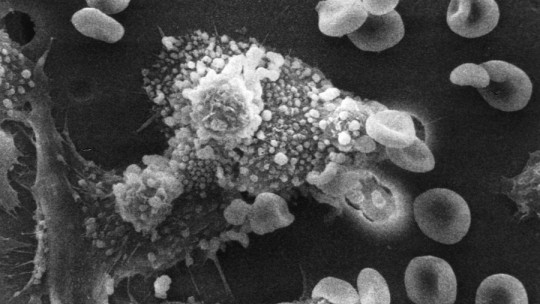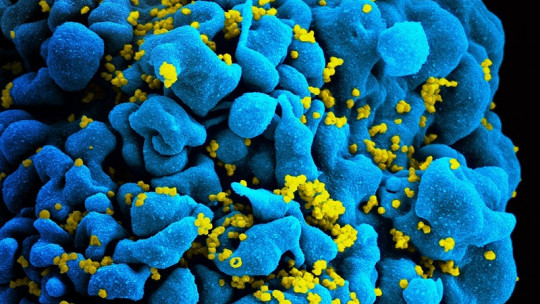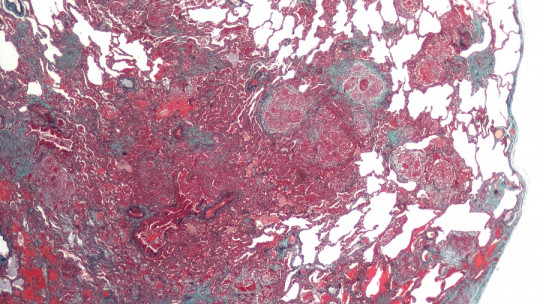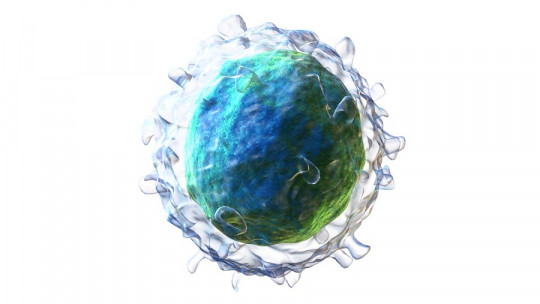
Our body is a complex organism that interacts with the environment continuously Despite this complexity, it is extremely delicate, its correct functioning requiring a balance or homeostasis that different external agents could alter and destroy.
Fortunately, we have a system dedicated to defending ourselves against attacks from substances coming from outside our body through their destruction: the immune system, which through cells such as lymphocytes acts to signal and destroy elements that are possibly harmful to our body. But sometimes the body generates a quantity of lymphocytes that exceeds the normal, and the subject has high lymphocytes
Lymphocytes in the immune system
Lymphocytes are one of the most important cell types in our body, since they allow the body to fight against the possible arrival of bacteria and viruses that can cause disease. It is a type of white blood cell or leukocyte, forming part of the immune system and circulating through the blood normally. There are different types, the best known being T, B and NK or natural killer lymphocytes
In the event of an infection or attack by agents foreign to the body itself, these cells proceed to act by binding to the substance that has generated the reaction of the immune system (the so-called antigen) and synthesizing antibodies, so that they either destroy or serve as a marker for other cells. called phagocytes or some subtypes of lymphocytes (such as NK or natural killers) destroy the supposed harmful agent. Lymphocytes can also store the information about these antigens, allowing the immune system to more easily remember and reject any subsequent entry of the same antigen into the body.
Although they generally act on harmful foreign cells, it is not necessary for them to be pathogenic, and disproportionate reactions to harmless substances such as allergies, rejection responses towards implants or even attacks on healthy cells of the body itself can be observed in some disorders in which the immune system does not act correctly.
Lymphocytosis or the presence of high lymphocytes
Generally we have stable levels of this type of cells, located in most adults between 1500 and 4000 leukocytes per milliliter. However, in different circumstances we can find that these lymphocyte levels can skyrocket, indicating that the body is acting to try to defend itself against an invading agent. When these levels are above 4000/ml we can consider that we have high lymphocytes, a situation also known as lymphocytosis.
It must be taken into account that in children normal values are between 5000 and 7000, so the existence of high lymphocytes will mean that these are the levels that are exceeded. In childhood, lymphocytosis is also more common.
Having high lymphocytes does not necessarily have to generate symptoms, although generally those derived from the cause that causes the body to generate so many lymphocytes will appear. Since it is most commonly the result of an infection, hypothermia, exhaustion, fever, digestive problems such as nausea and vomiting, and chills are common. The presence of respiratory problems, weight loss, poor concentration and visual and hearing ability is also common. Also muscle stiffness, runny nose and tissue inflammation.
This increase in lymphocytes, if maintained over time, increases the likelihood that the subject will suffer from different types of cancer It has also been linked to the onset of type 1 diabetes, allergies and asthma.
Causes and types
Having high lymphocytes is generally not a disorder or medical problem per se, but rather an effect or reaction of the body to a certain situation. As a general rule, high lymphocytes are present in situations such as autoimmune disorders or, which is the most common reason for this, the presence of viral and/or bacterial infections.
Thus, there are multiple factors that can cause us to have high lymphocytes, but in general we can find two large groups of them. This is what allows us to distinguish between two types of lymphocytosis or high lymphocytes.
1. Monoclonal lymphocytosis
Firstly, there is monoclonal lymphocytosis, produced by an alteration in the lymph that causes it to generate many more lymphocytes than usual or to not function correctly. This occurs without an external factor appearing. This is what happens in cancers such as leukemia or other types of related tumors.
In addition to this, we can also find, as we have said, autoimmune diseases such as sclerosis, the existence of tumors or the presence of myeloproliferative problems such as leukemia.
2. Polyclonal lymphocytosis
In this case, lymphocytes are high due to the existence of an infection or the appearance of an external factor that induces a defensive response in the body. This is the case of infections and allergies.
Among the different infections in which it can appear, we find infections by viruses such as HIV (although AIDS ends up being greatly reduced, during the initial infection there is some lymphocytosis that aims to act to eliminate the infection) and other STDs, whooping cough or the flu, rubella or herpes. Situations in which we have high lymphocytes due to stress or substance poisoning are also considered as such.
Treatment
If our lymphocyte levels are exaggeratedly high, it will be necessary to lower them, and to do so we will have to combat the reason why they are present in such quantities. Thus, in the case of infection, antibiotics and antivirals will cause the infectious process to be stopped and the leukocyte levels to gradually return to normal.
At a pharmacological level, Immunosuppressants such as methotrexate can be applied, or steroids such as the widely known glucocorticoids In the case of allergies, it is also recommended to avoid the element that causes them and/or use epinephrine in case a life-threatening reaction is occurring. If the cause is a cancer such as leukemia, radiotherapy and chemotherapy will also be given.
Other strategies that can complement the above are the reduction of lymphocytes through diet, hydration and exercise, which will help us purify our body of harmful agents that may be causing the defensive reaction of our body (although exercise helps generate lymphocytes). , can also serve to reduce the causes of them being high).
The use of relaxation and meditation methods can also help resolve those cases in which lymphocytosis has a psychogenic cause, as well as the application of expressive therapies, problem management and stress regulation.

